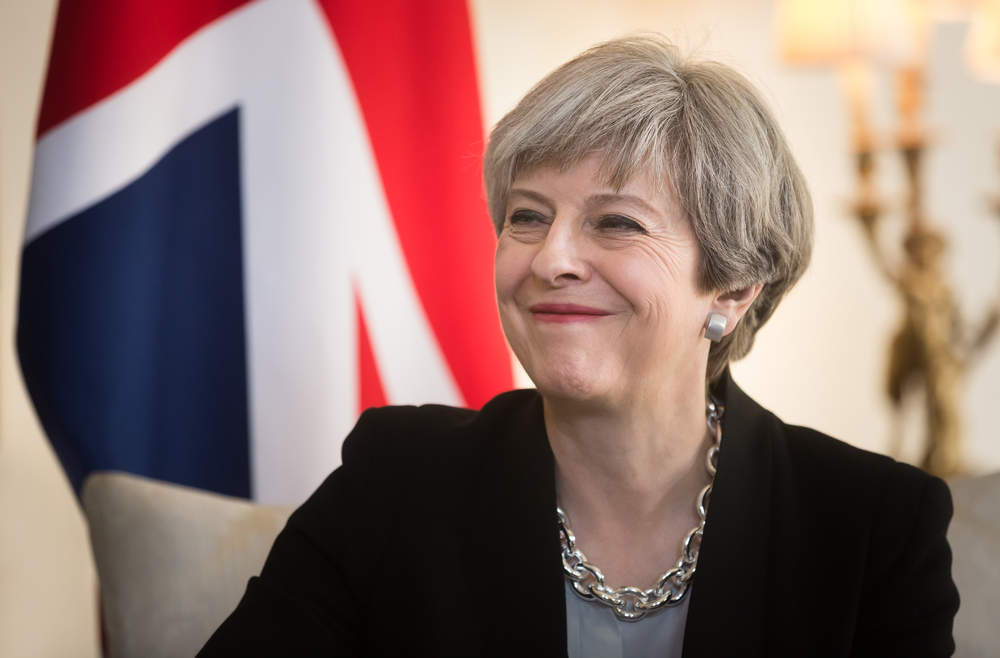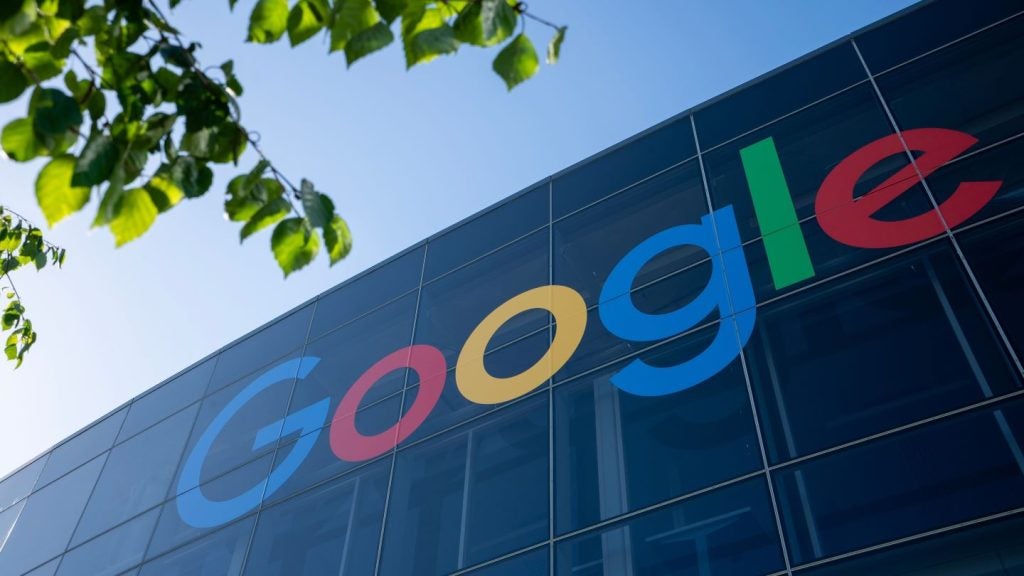
After David Cameron’s campaign against Brexit, it was only a matter of time before he resigned once the country vote to leave the European Union.
A short but violent leadership struggle followed.
It was characterised by Michael Gove’s political assassination of political commentator’s favourite, Boris Johnson, and tussles between Theresa May and Andrea Leadsom over everything from Ukip links to motherhood.
By the end of the contest, May was the only candidate left standing and won leadership of the Conservative party almost by default.
May identifies as a One Nation Conservative, a philosophical position highlighting the responsibility of the privileged to the poorer people. Various commentators describe May as being both liberal and more conservative at various times.
Writing for the Independent, Rebecca Glover described May’s political history as “staunchly more conservative, more anti-immigration, and more isolationist than Boris”.
How well do you really know your competitors?
Access the most comprehensive Company Profiles on the market, powered by GlobalData. Save hours of research. Gain competitive edge.

Thank you!
Your download email will arrive shortly
Not ready to buy yet? Download a free sample
We are confident about the unique quality of our Company Profiles. However, we want you to make the most beneficial decision for your business, so we offer a free sample that you can download by submitting the below form
By GlobalDataAt the other end of the spectrum, May has been labelled a “red Tory” thanks to her first prime ministerial speech in which she said:
The government I lead will be driven not by the interests of the privileged few but by yours. We will do everything we can to give you more control over your lives … we’ll think not of the powerful, but you. When we pass new laws we’ll listen not to the mighty, but to you. When it comes to taxes we’ll prioritise not the wealthy but you.
What were Theresa May’s views on Brexit before becoming PM?
The general consensus regarding May’s early response to the Brexit referendum is that she kept her head down.
Speaking to the Telegraph, one prominent pro-Remain conservative who chose to remain nameless said:
Theresa is hiding in the hope there will be no blood on her at the end of all this.
However, during her time as David Cameron’s home secretary, May did make a speech suggesting she held Remain sympathies.
May said the UK must “stand tall and lead in Europe”.
She also said EU membership made the UK “more secure from crime and terrorism”.
In the same speech, however, Theresa May argued that the UK should quit the European Convention On Human Rights (ECHR), something separate from EU institutions.
May quickly ditched this position during her race for leadership. She was also sceptical about the EU potentially expanding and more immigrants from Macedonia, Montenegro, Serbia, Albania and Turkey coming to the UK.

A recording of a conversation between May and a series of investment bankers around a month prior to the referendum was leaked to the Guardian in October 2016.
The conversation seemed to reveal May’s true thoughts on Brexit. In it, she expressed concern about the future of the UK’s economy outside the EU:
I think the economic arguments are clear. I think being part of a 500-million trading bloc is significant for us… one of the issues is that a lot of people will invest here in the UK because it is the UK in Europe. If we were not in Europe, I think there would be firms and companies who would be looking to say, do they need to develop a mainland Europe presence rather than a UK presence? So I think there are definite benefits for us in economic terms.
She also claimed that she believed the EU made Britain safer and affirmed her view that rather than leaving Britain should work harder to lead the EU. Once again she commented on her desire to pull the UK from the ECHR.
Then-Liberal Democrat leader Tim Farron criticised May’s speech, calling her out for not making her views public before the referendum:
[It is] disappointing that Theresa May lacked the political courage to warn the public as she did a bunch of bankers in private about the devastating economic effects of Brexit.
In summary, May kept out of the limelight, offering only lukewarm support to the Remain camp.
In private she was more openly against Brexit. Most political commentators saw her reticence to make her feelings known as an attempt to appeal to voters on both sides of the EU debate in the event of a leadership contest.

Did Theresa May’s views change after becoming Prime Minister?
After winning the leadership election and becoming prime minister, May was in charge of triggering Article 50 and overseeing Brexit.
Given the very slim majority who voted Leave and the new prime minister’s nominally pro-Remain stance, some parties hoped May would hold a second referendum on the EU or find another way to retain Britain’s membership, however, once appointed prime minister, May made it clear that no such move was on the cards:
There are politicians – democratically-elected politicians – who seriously suggest that the government should find a way of ignoring the referendum result and keeping Britain inside the European Union. And there are business leaders whose response has not been to plan for Britain’s departure or to think of the opportunities withdrawal presents – but to complain about the result and criticise the electorate. Well, I couldn’t be clearer. Brexit means Brexit. And we’re going to make a success of it. There will be no attempts to remain inside the EU, no attempts to rejoin it by the back door, and no second referendum. The country voted to leave the European Union, and as prime minister I will make sure that we leave the European Union.
Clearly, Theresa May had cast off her doubts and was ready to appeal to the 52 percent who voted Leave.
However, in a joint conference with Angela Merkel, May announced that she wouldn’t rush to invoke Article 50 before 2017. This was in order to negotiate a “sensible and orderly departure” from the EU.
Where does Theresa May stand on key Brexit issues?
As the person with final say on Brexit policies, May has said plenty about Brexit.
With that in mind, below are some simplified explanations of what Theresa May has said regarding key Brexit issues.

The status of EU citizens living in the UK
For the 3m EU citizens already living in the UK, May’s government has announced the implementation of a register.
In June, May’s government announced a policy proposal which would see EU citizens applying for the right to ‘settled status’. Those citizens would have the right to bring relatives to the UK after proving they met a £18,600 minimum income.
EU citizens may lose the right to vote in local elections and the protection of the European court of justice.
There will be two years to apply and afterwards EU citizens will lose their right to remain in the UK. The right to pensions and social security benefits and the opportunity to apply for British citizenship would be consistent.
Healthcare, professional qualifications, and the rights of self-employed people are areas that Theresa May’s government may use as bargaining chips. They hope to “seek continuity” with the EU, but without having made promises.
The status of UK citizens living in the EU
May suggested that she’d match the offer that the EU makes on the rights of UK citizens in the EU. At the time she said:
I want to be able to guarantee their rights in the UK. I expect to be able to do that and I intend to be able to do that, to guarantee their rights. The only circumstances in which that would not be possible would be if the rights of British citizens living in other EU member states were not guaranteed.
It is unknown whether May’s previously described plans might affect the EU’s response to UK citizens living in Europe.
Jane Golding, chairwoman of British In Europe outlined her objections to May’s unclear stance on the issue in an interview with the Guardian:
There is very little here about what Theresa May actually wants to achieve for us and how our rights should be protected, while all along she has said she couldn’t offer a unilateral deal because she wanted to protect Britons in Europe, but the impact of this proposal would be negative for us.
Britain’s place within the single market
In a speech in January, May made clear that she hopes to take Britain out of the single market.
She intends to push for “the freest possible trade”. However, May says not leaving the single market would mean “not leaving the EU at all”.
She added:
But I want to be clear: what I am proposing cannot mean membership of the single market. It would, to all intents and purposes, mean not leaving the EU at all. That is why both sides in the referendum campaign made it clear that a vote to leave the EU would be a vote to leave the single market.
However, MPs are pushing for a vote forcing May to stay within the single market for a while after Brexit.
They suggest this would help stabilise the UK economy while the country seeks further trade deals.
Migration policy
May made clear that, as far as she was concerned, free movement would end with Brexit.
Downing Street made clear that it was “wrong” to think that free movement would “continue as it is now”.
Chancellor Philip Hammond and home secretary Amber Rudd have both suggested that migration could continue with a registration scheme.
May’s official spokesperson replied that the Prime Minister’s position hadn’t changed since January:
Free movement will end in March 2019. We have published proposals on citizens’ rights. Last week, the Home Secretary said there will be a registration system for migrants arriving post-March 2019… It would be wrong to speculate on what these might look like or to suggest that free movement will continue as it is now.
Previously May pledged in her manifesto to reduce net migration to Britain to less than 100,000. However the Queen’s Speech omitted this message and it’s unknown as to whether May will continue to pursue it.
A second Scottish referendum
Given that Scotland voted heavily for Remain, Nicola Sturgeon — the lead of the Scottish National Party — suggested a second referendum on Scotland’s place in the UK.
However, Theresa May bluntly denied permission for Sturgeon to seek a referendum, saying:
My message is very clear. Now is not the time. I’ve explained the reasons why. We should be working to get the right deal for Scotland and the UK with our future partnership with the European Union. It would be unfair to the people of Scotland at the moment that they would be being asked to make a crucial decision without the information they need to make that decision.
What role will Theresa May play in Brexit?
Having chosen her cabinet, May was ultimately responsible for choosing the ministers to negotiate Brexit.
She appointed David Davis the secretary of state for exiting the EU and Liam Fox as the secretary of state for international trade among others.
Davis will lead in negotiating the terms of Brexit, but ultimately May will be in charge of general policy direction.







